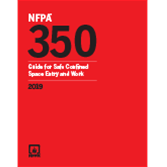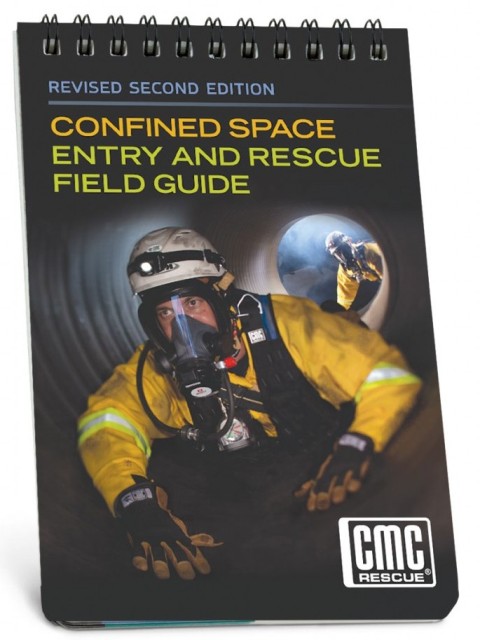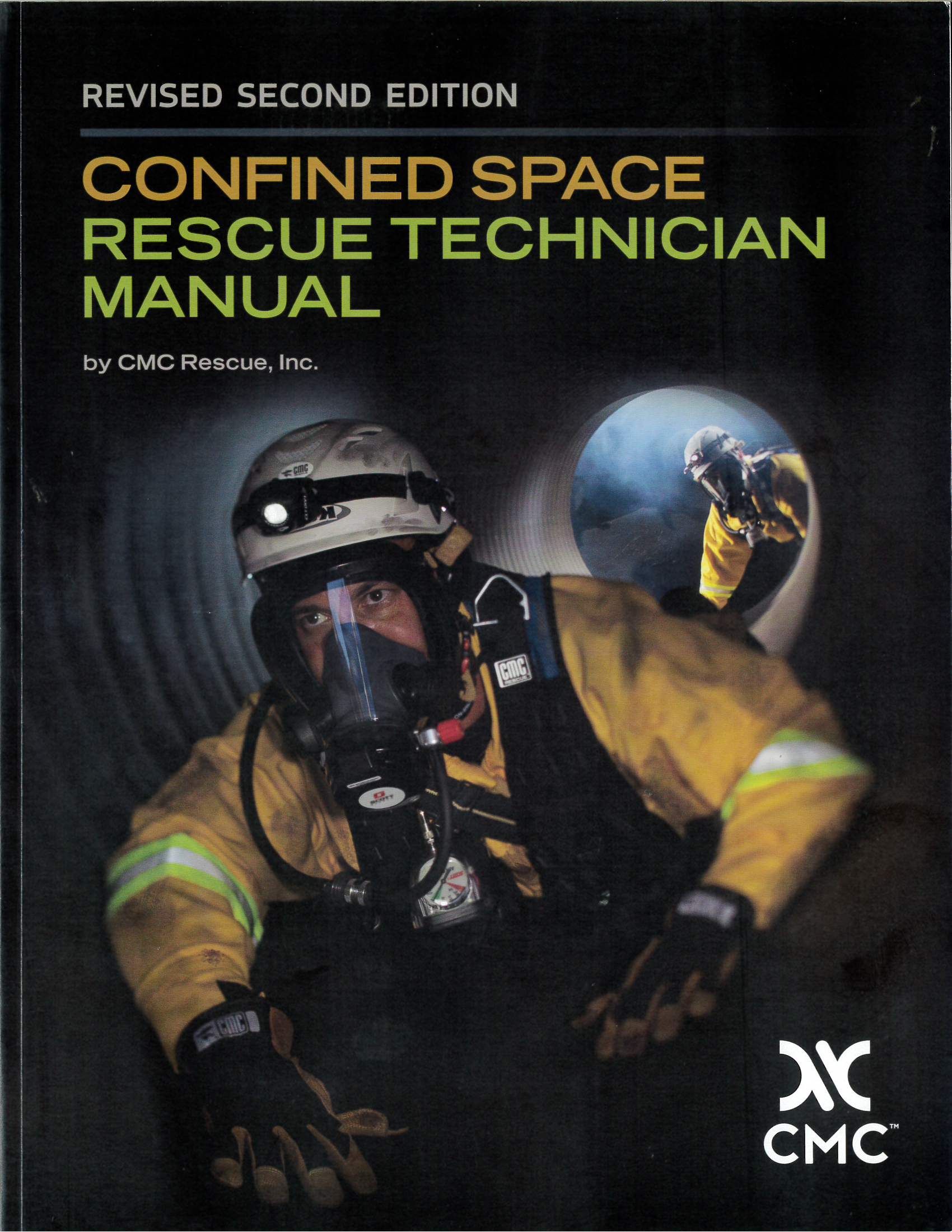Every year, confined space incidents result in worker deaths, injuries, and serious illnesses. Help protect workers using NFPA 350, Guide for Safe Confined Space Entry and Work.
Confined space danger is widespread in all types of facilities -- from commercial buildings and hospitals to public works, utilities, and chemical/industrial facilities. By law in the United States, employers must comply with applicable regulations such as OSHA's 29 CFR 1910.146 and 29 CFR 1926 Subpart AA to ensure personnel safety. However, these regulations tell you what to d0 -- not how to identify, evaluate, and control confined space hazards or conduct rescue response. To fill the information gap, trust the 2019 edition of NFPA 350, Guide for Safe Confined Space Entry and Work.
NFPA 350 is essential for anyone who enters confined spaces, along with facility managers, code officials, and safety personnel.
NFPA 350 explains how to help protect workers who enter into confined spaces for inspection or testing, or to perform associated work. Provisions address the full range of special hazards, including those present in water treatment, petrochemical, and agricultural facilities. It provides information to assist companies that need to comply with OSHA's Permit-Required Confined Spaces (29 CFR 1910.146) among other standards. In addition, NFPA 350 helps fire service and emergency services personnel develop and evaluate plans for confined space rescue in conjunction with NFPA 1670, Standard on Operations and Training for Technical Search and Rescue Incidents.
Changes in this important second edition of NFPA 350 include:
- Clarified recommended practices for safe work within confined spaces, including recommendations for entry and work in confined spaces that are inerted (oxygen deficient)
- New information specific to construction activities as addressed in OSHA's 29 CFR 1926 Subpart AA, "Confined Spaces in Construction."
- Added recommendations for rescue in confined spaces that do not have a hazardous atmosphere but are so configured that rescue operations could be difficult
- New information pertaining to photoionization detectors (PID). PID are now widely available and used in combination with other atmosphere testing devices for assessing atmosphere hazards within confined spaces.
- Revised recommended practice for selection, evaluation, and approval of a qualified rescue service
- First-time definitions for "engulfment" and "purging"
- A new table in Annex A that illustrates the gas hazards that can exist in confined spaces specific to various industries
Follow the latest practices developed by experts for:
- Identification of confined spaces
- Evaluation of hazards
- Atmospheric monitoring
- Hazard elimination and control
- Ventilation
- Rescue and rescue planning
- Confined space personnel duties, responsibilities, and competencies
- Pre-entry evaluation forms and permits
- Management of Change (MOC)
- Prevention Through Design (PtD)
Make sure you are better prepared to recognize, evaluate, and control confined space entry hazards.




